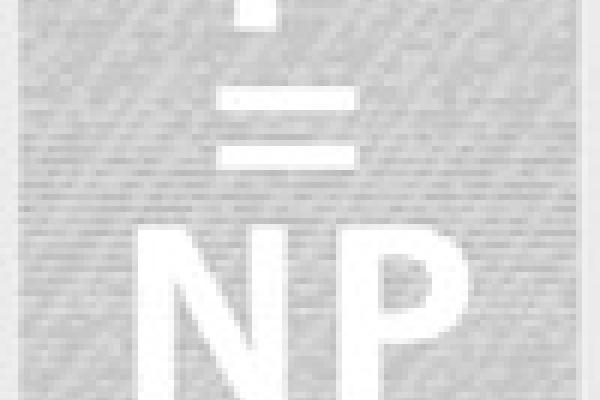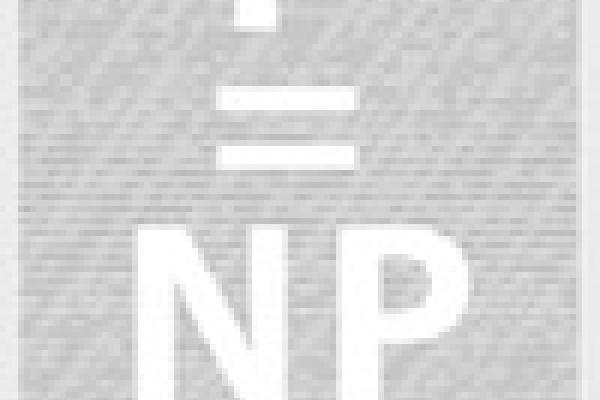Podcast


Rolling out the red carpet for the Travelling Salesman
Travelling Salesman is an unusual movie: despite almost every character being a mathematician there's not a mad person in sight. Moreover, the plot centres on one of the greatest unsolved problems in mathematics. We were lucky enough to speak to the writer/director Tim Lanzone about creating drama from mathematics.

